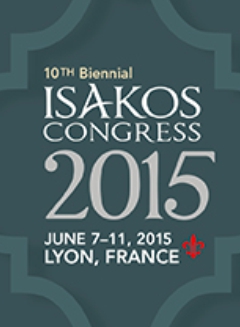
ISAKOS 2015: Local analgesic injection location after rotator cuff repair not significant

ISAKOS 2015: Local analgesic injection location after rotator cuff repair not significant
Prospective Randomized Trial Comparing Location of Steroid Injections After Arthroscopic Rotator Cuff Repair
CONFERENCE ACE REPORTS
This ACE Report is a summary of a conference presentation or abstract. The information provided has limited the ability to provide an accurate assessment of the risk of bias or the overall quality. Please interpret the results with caution as trials may be in progress and select results may have been presented.
Synopsis
121 patients with rotator cuff tear were randomized to a postoperative injection of bupicacaine (20ml) and lidocaine (10ml) at the glenohumeral joint, subacromial space, or both areas. The purpose of this study was to compare the efficacy of local injections pertaining to different locations in the shoulder. Findings demonstrated no significant differences in efficacy for pain relief between diffe...
To view the full content, login to your account,
or start your 30-day FREE Trial today.
FREE TRIAL
LOGIN
Forgot Password?
Explore some of our unlocked ACE Reports below!

Learn about our AI Driven
High Impact Search Feature
Our AI driven High Impact metric calculates the impact an article will have by considering both the publishing journal and the content of the article itself. Built using the latest advances in natural language processing, OE High Impact predicts an article’s future number of citations better than impact factor alone.
Continue



 LOGIN
LOGIN

Join the Conversation
Please Login or Join to leave comments.